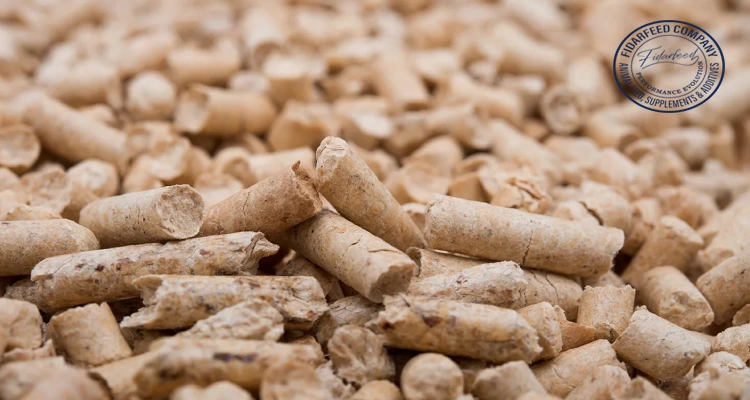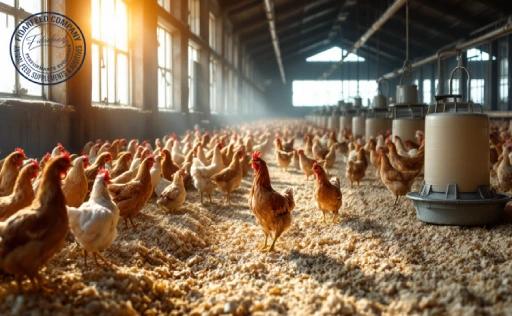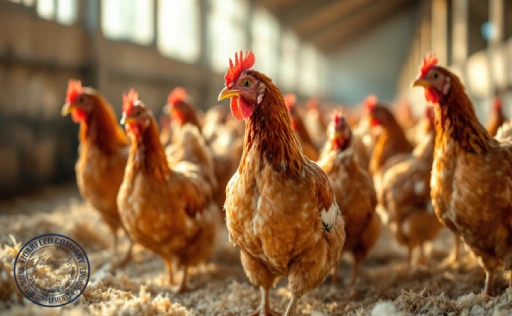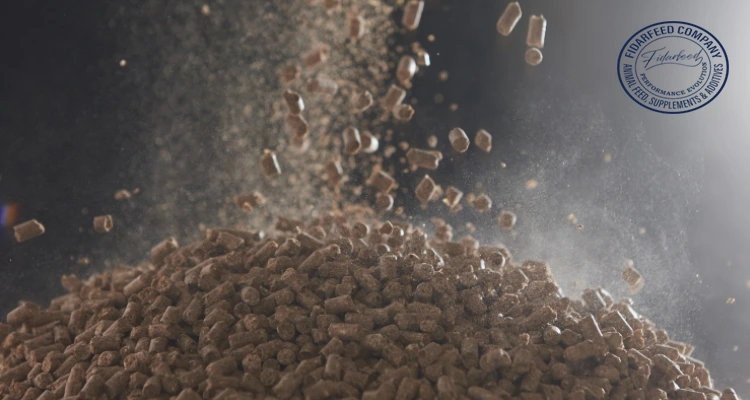
How Enzymes Enhance Protein Absorption from Alternative Animal Feeds is becoming a major topic of interest among animal breeders and feed formulators. As the demand for sustainable and cost-effective feed ingredients increases, alternative protein sources such as insects, legumes, and algae are finding their way into animal diets. However, many of these non-conventional ingredients come with a downside: lower digestibility and the presence of anti-nutritional factors. That’s where enzymes step in. In this article, we’ll dive deep into how enzymes can help unlock the full nutritional value of alternative feeds and improve animal health and productivity.
Why Protein Absorption Matters in Animal Feeds with Enzymes
For any breeder, the ultimate goal is to ensure animals get the most out of their feed. Protein is essential for muscle growth, immune function, and overall development. But not all protein is equally digestible. In alternative feed ingredients like lupins, peas, and algae, protein is often locked behind complex plant fibers or anti-nutritional compounds such as phytic acid or tannins.
Learn more about: TMR Silage Animal Feed
Without proper digestion, much of this protein simply passes through the animal unused, leading to waste and inefficiency. Enzymes offer a biological solution to this problem.
How Enzymes Enhance Protein Absorption in Animal Feeds: The Basics
Enzymes are specialized proteins that accelerate biochemical reactions, including the breakdown of feed components in the digestive tract. In animal nutrition, exogenous (added) enzymes help degrade components that the animal’s natural enzymes cannot efficiently process.
For example, enzymes like proteases target protein structures, breaking them into smaller peptides and amino acids that animals can absorb. The result is improved nutrient utilization and reduced feed wastage.
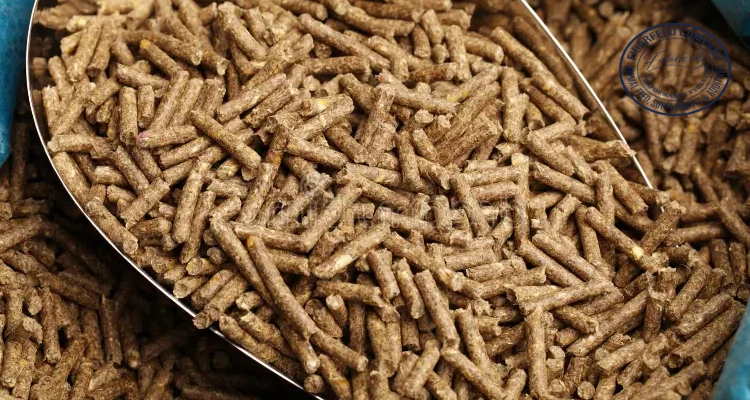
Breaking Down Anti-Nutrients: Enzymes That Boost Protein Utilization
Many alternative feeds are rich in non-starch polysaccharides (NSPs), fibers that can hinder nutrient absorption. Cellulases and xylanases are enzymes that break down these fibers, allowing better access to encapsulated proteins. Similarly, anti-nutritional factors like phytates bind essential minerals and proteins, making them unavailable to the animal.
Learn more about: Your Essential Checklist When Selecting Bulk Animal Feed Suppliers
Phytase enzymes break down phytates, releasing phosphorus and enhancing overall protein digestibility. These mechanisms help turn low-digestibility ingredients into high-performance feed components.
Types of Enzymes That Improve Nutrient Absorption in Animal Feed
Different enzymes play different roles in optimizing protein absorption:
- Proteases: Break down protein molecules into absorbable amino acids.
- Phytases: Degrade phytic acid, freeing up bound phosphorus and proteins.
- Cellulases: Target cellulose, improving fiber digestibility.
- Xylanases: Break down hemicellulose in cell walls of plants.
- Amylases: Assist in carbohydrate digestion, indirectly supporting protein utilization by improving energy balance.
Learn more about: biotechnology in animal feeds and animal feeding
Understanding which enzymes are needed depends on the type of feed being used.
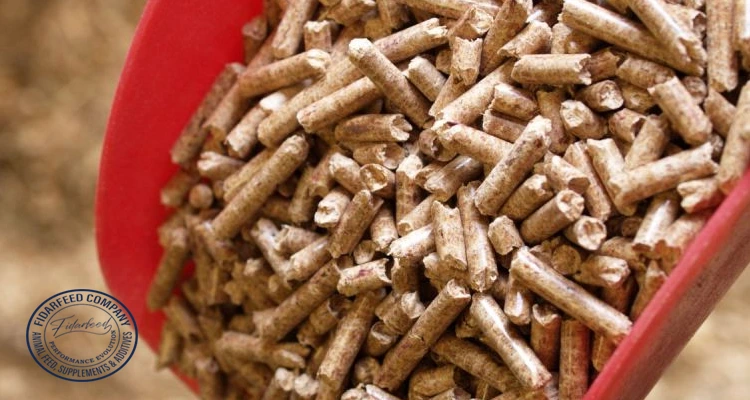
How Enzymes Help Improve Feed Conversion and Growth Rates
Studies have shown that enzyme supplementation leads to better weight gain and improved feed conversion ratios (FCR) across different species. For instance, broilers fed with lupin-based diets supplemented with proteases showed up to 10% improvement in body weight compared to those without enzyme inclusion. Similar benefits have been observed in tilapia and piglets. By maximizing protein absorption, breeders can reduce feed costs while maintaining or even boosting productivity.
Learn more about: Meat Meal in Animal Feed: What It Is, How It’s Made, and Why It Matters
Many studies confirm that how enzymes enhance protein absorption in animal feeds depends on the enzyme type and the animal’s digestive physiology.
Species-Specific Enzyme Use in Animal Feeds: What Breeders Need to Know
Every animal species has a unique digestive system, which affects how well they respond to enzyme supplementation:
- Poultry benefit greatly from NSP-degrading enzymes due to their short digestive tracts.
- Ruminants, like cattle and sheep, can use enzymes to enhance bypass protein delivery.
- Swine often benefit from phytase and protease, especially when fed legume-based feeds.
- Fish, particularly herbivorous species like tilapia, show improved protein retention when fed algae and insect meals with added enzymes.
Pairing Enzymes with Alternative Protein Sources for Higher Absorption
Not all enzymes work equally well with all feed types. For example, black soldier fly larvae (BSFL) are high in chitin, which requires chitinase for better digestion. Peas and beans often respond well to protease and xylanase blends. A balanced enzyme mix tailored to the specific feed composition can drastically enhance protein availability.
Learn more about: Top Bentonite Manufacturers for Animal Feed: What to Look For
Consulting with a nutritionist or supplier can help breeders make informed pairing decisions.
Dosage Tips: How to Maximize Protein Absorption with Enzymes
Enzymes are powerful tools, but their effectiveness depends on correct usage. Overuse doesn’t yield better results and can be costly. Underuse may have little to no benefit. Dosage typically depends on the feed type, animal species, and enzyme activity level (measured in units).
Learn more about: Top 10 Benefits of Bulk Animal Feed for Wholesalers
Enzymes can be added during pelleting or top-dressed, but it’s important to avoid high temperatures during processing, which may deactivate them. Always follow supplier recommendations and conduct small-scale trials before full-scale implementation.
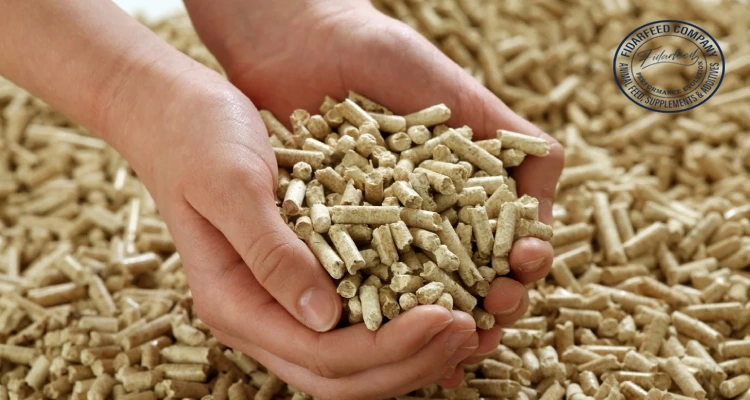
What to Look for When Choosing Enzymes for Animal Feed Protein Efficiency
All enzyme products are not created equal. When selecting enzymes, breeders should consider:
- Activity Units: Higher units mean more active enzymes per gram.
- Thermostability: Heat-resistant enzymes survive pelleting better.
- pH Range: Effective enzymes should work within the animal’s gut pH.
- Reputation: Stick with reputable manufacturers with documented efficacy.
Learn more about: Global Market Analysis of Alternative Protein Sources in the Livestock Industry
Also, ensure the enzyme is specifically designed for animal feed use, not industrial applications.
Success Stories: Enzyme Use in Boosting Protein Absorption in Real Farms
In one poultry farm in southern Europe, switching from soy-based to fava bean feed supplemented with xylanase and protease improved broiler weight by 8% and reduced mortality by 5%. Another tilapia hatchery in Southeast Asia reported a 15% improvement in feed conversion when enzymes were added to spirulina-based feed. These real-world examples underscore the value of strategic enzyme use in overcoming the limitations of alternative protein sources.
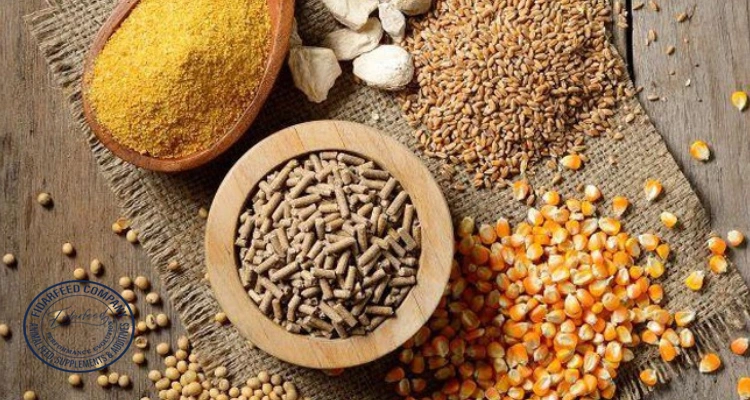
Summary: How Enzymes Enhance Protein Absorption in Animal Feeds
Alternative protein sources hold great promise for sustainable and cost-effective animal production, but their full potential can only be realized through smart supplementation. Enzymes are not just additives; they are game-changers in unlocking nutrients that would otherwise go to waste. For breeders looking to make the most of their feed investments, enzymes offer a practical, science-backed solution.
If you’ve had success or challenges using enzymes with alternative feeds, we’d love to hear your story. Leave a comment, ask a question, or share your tips with the community below.

